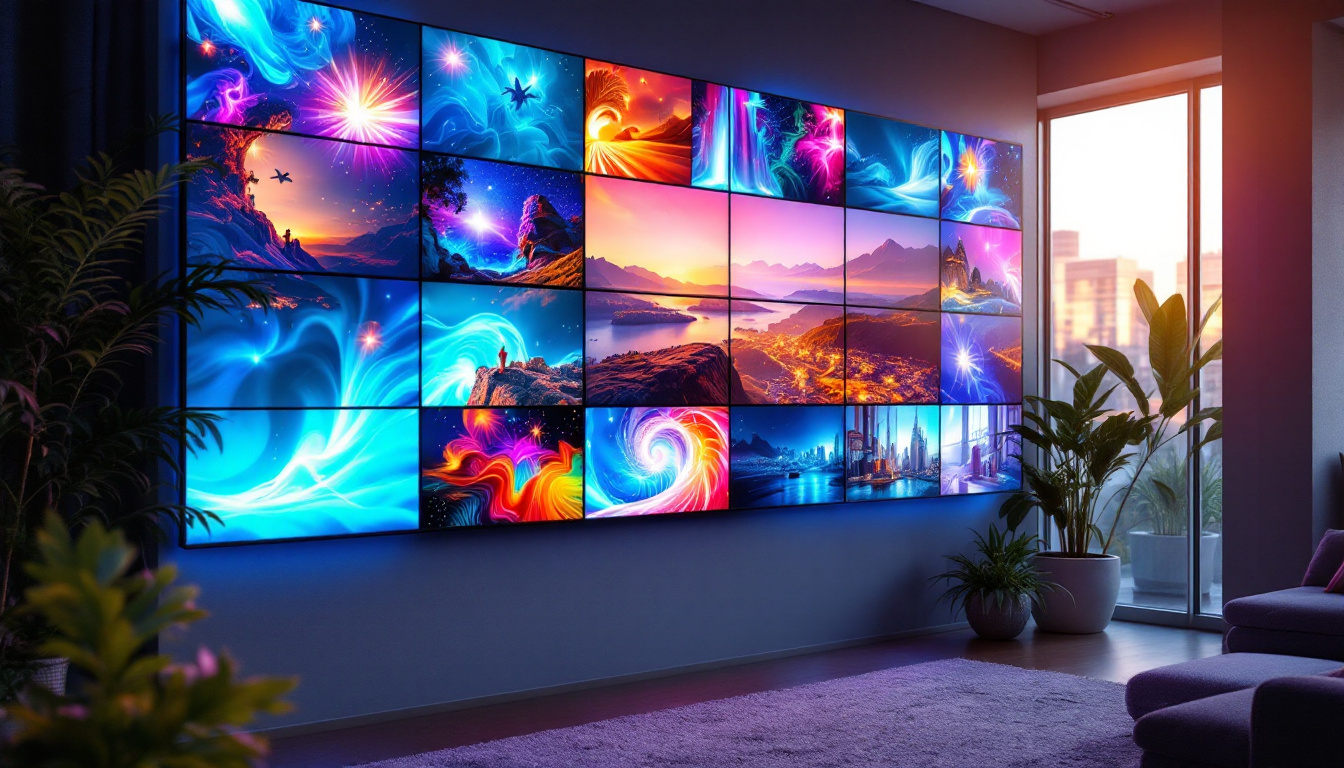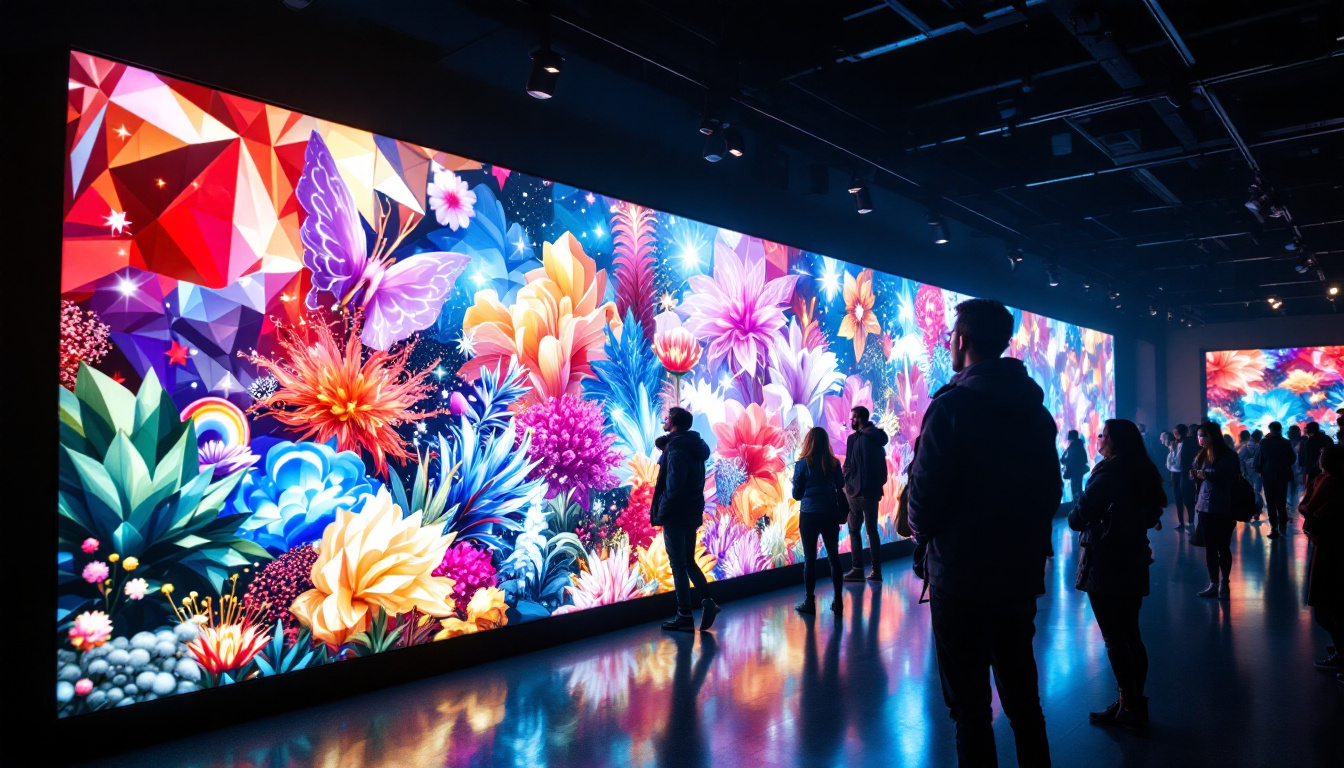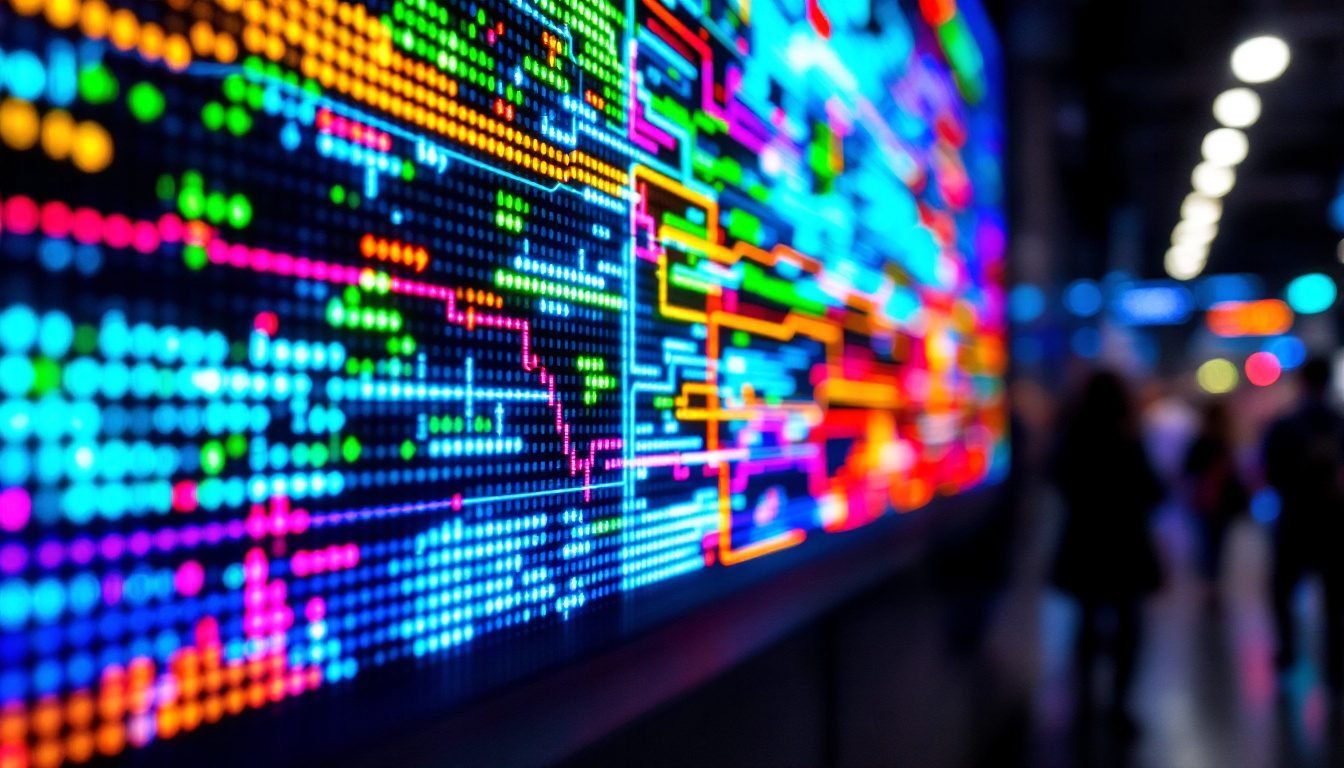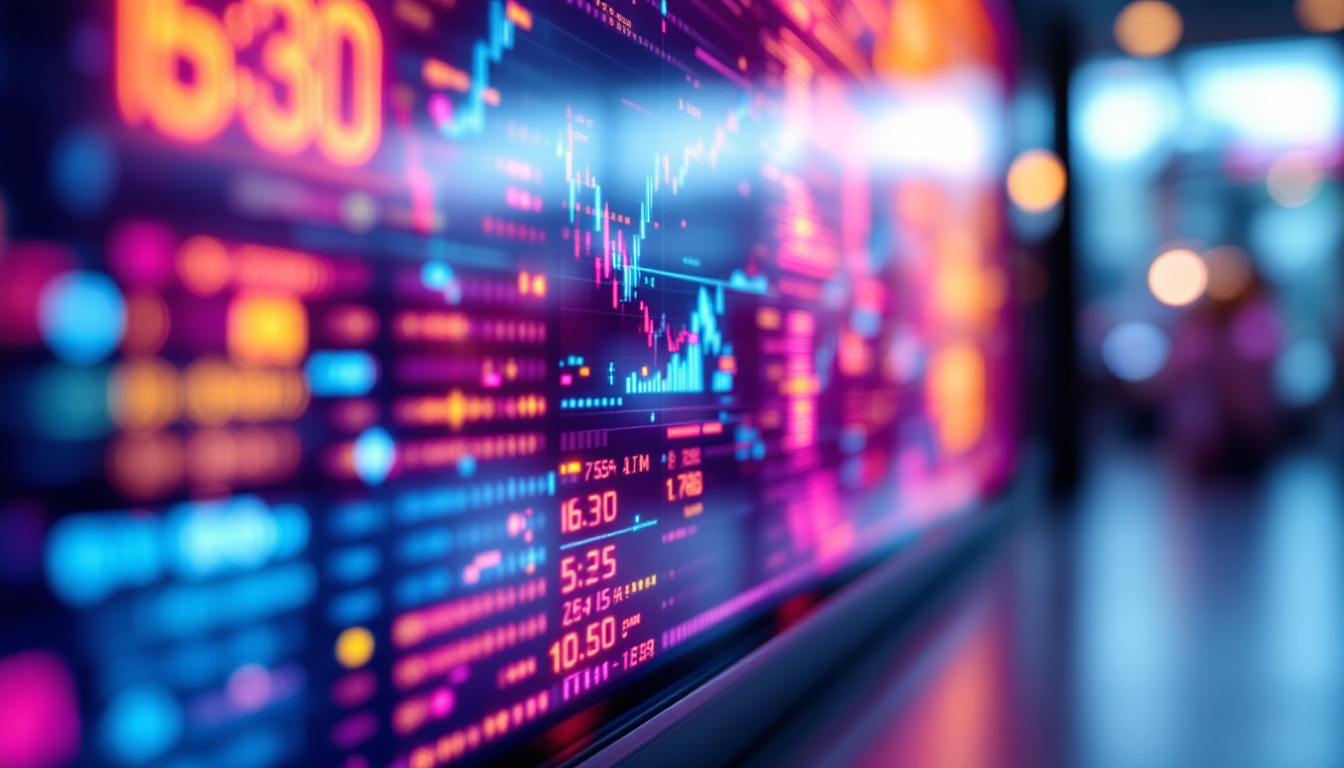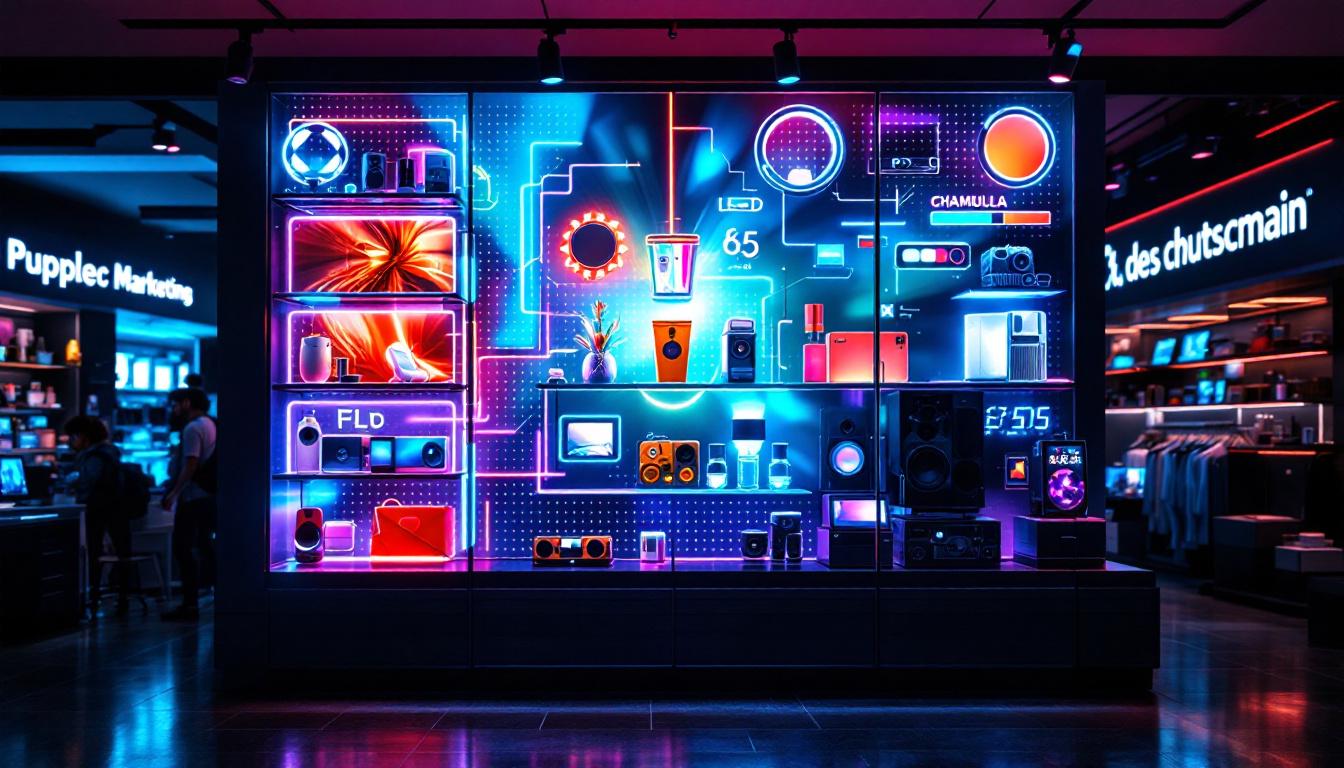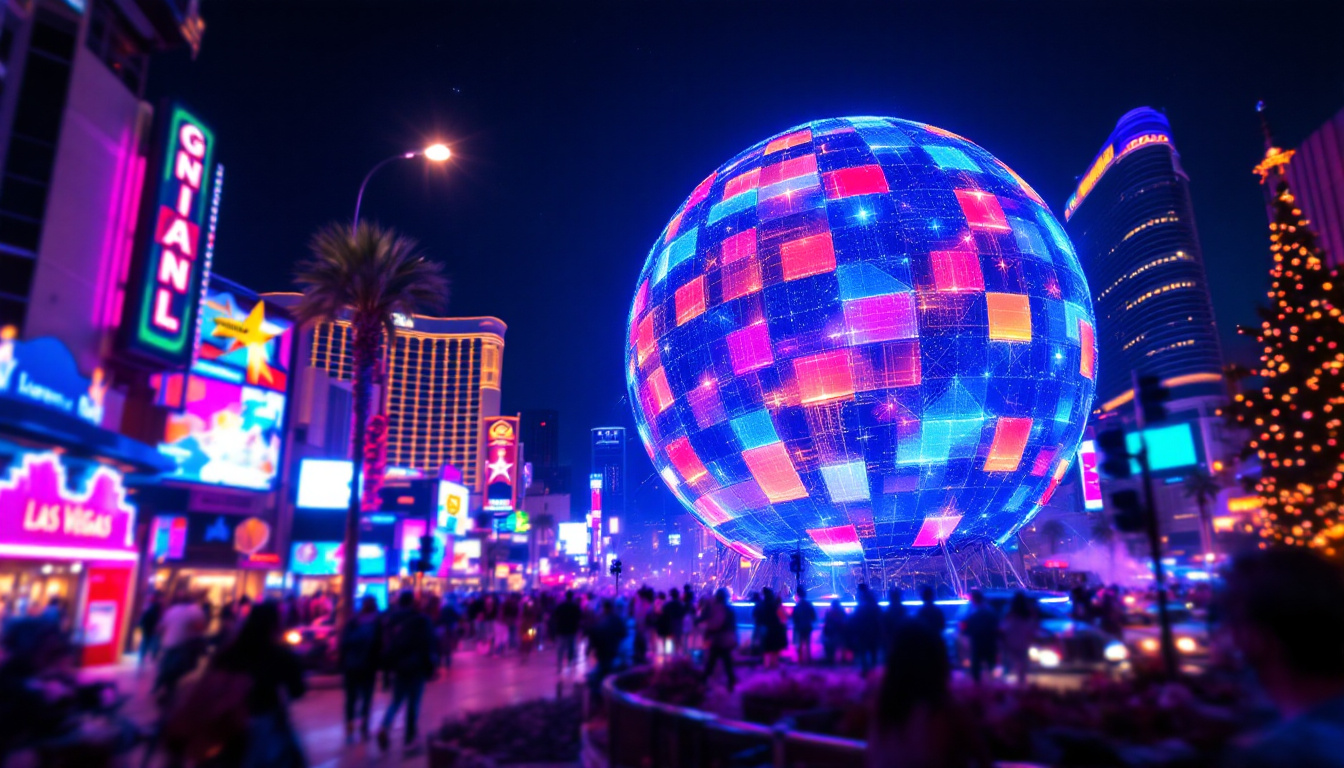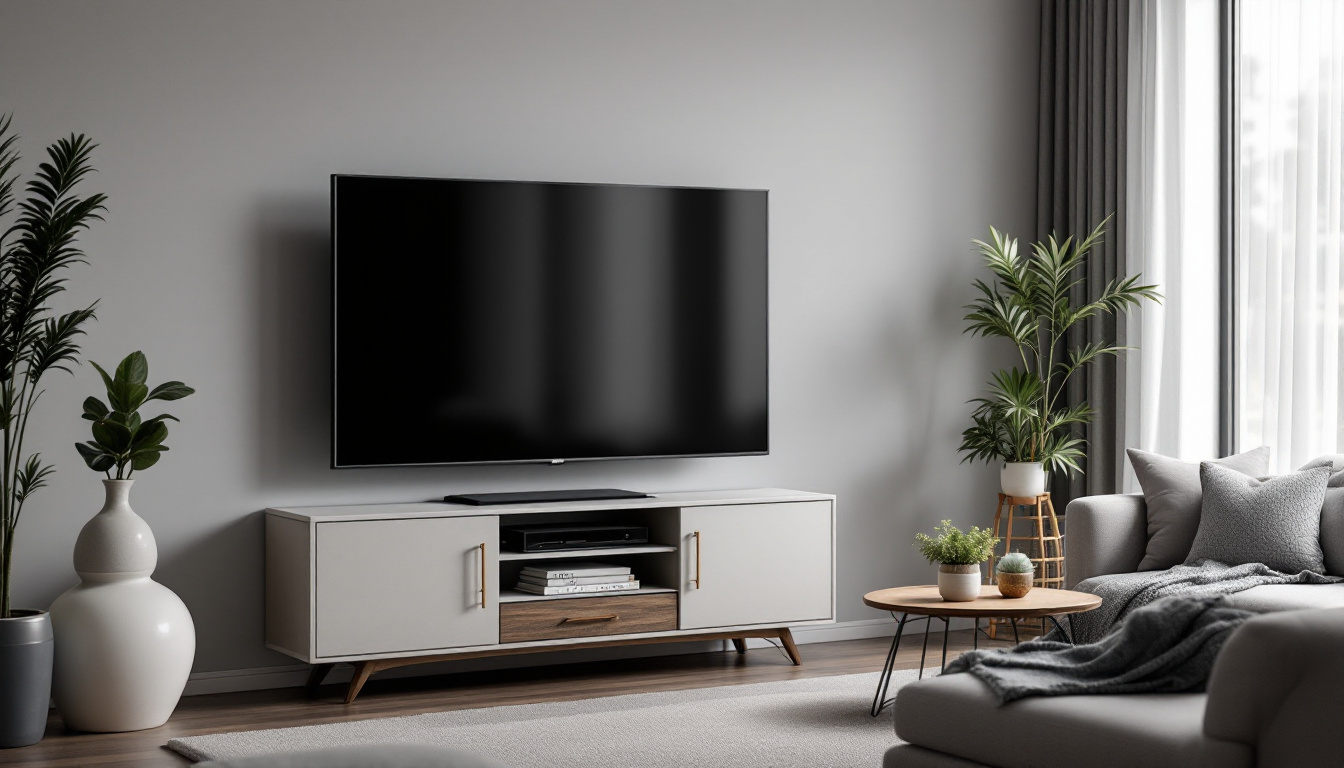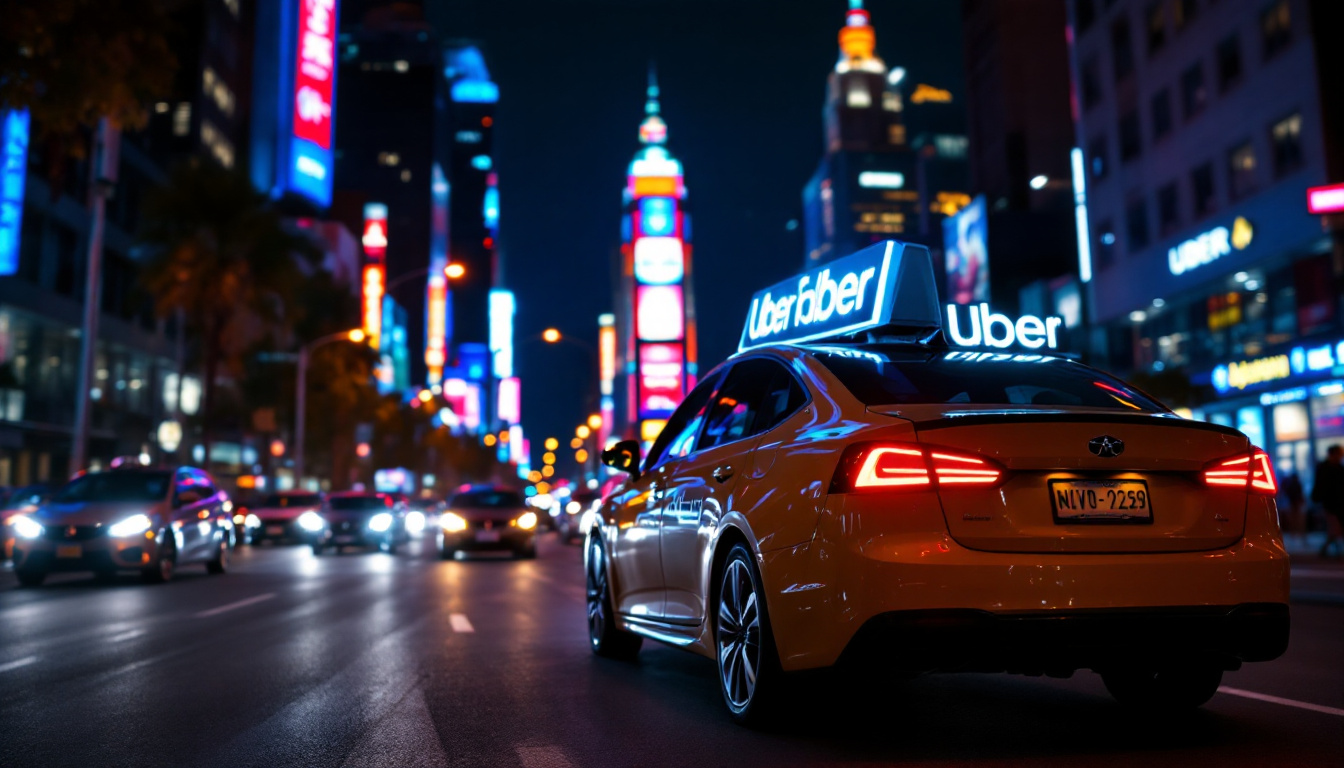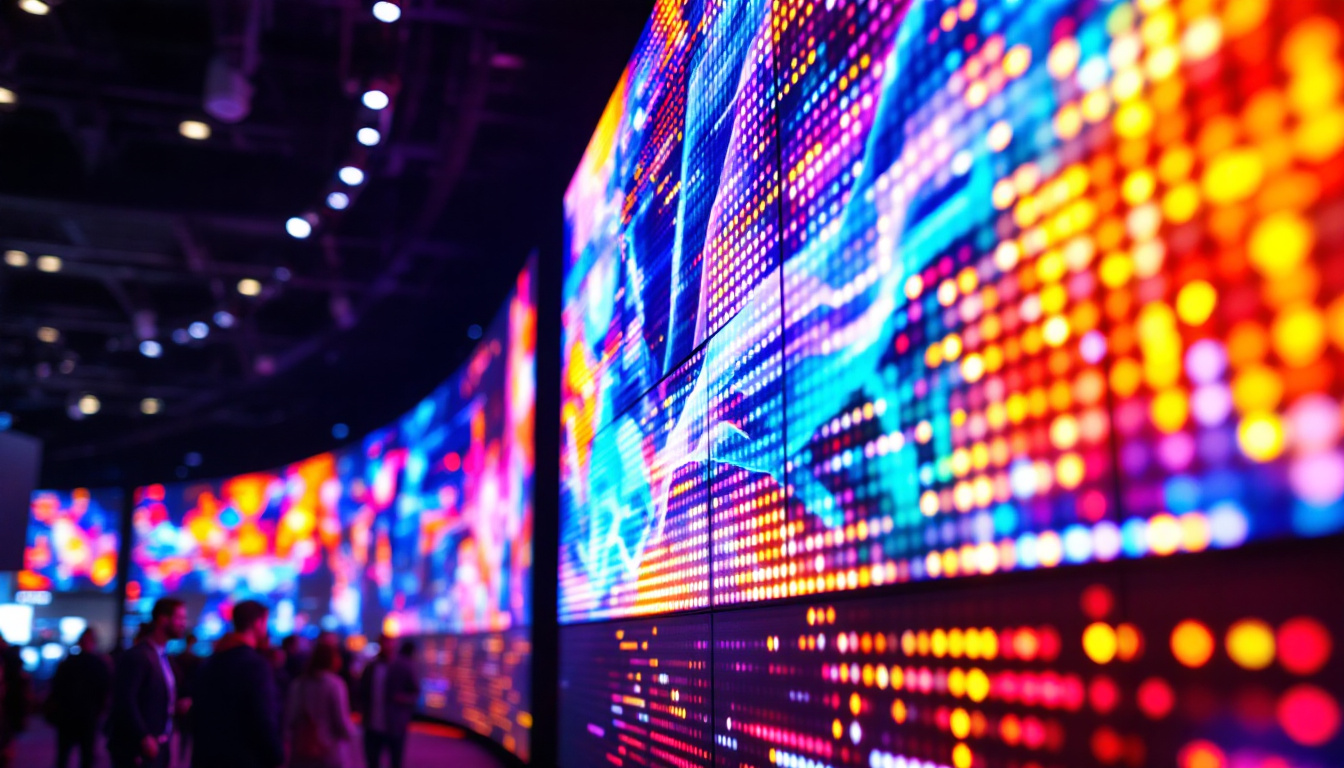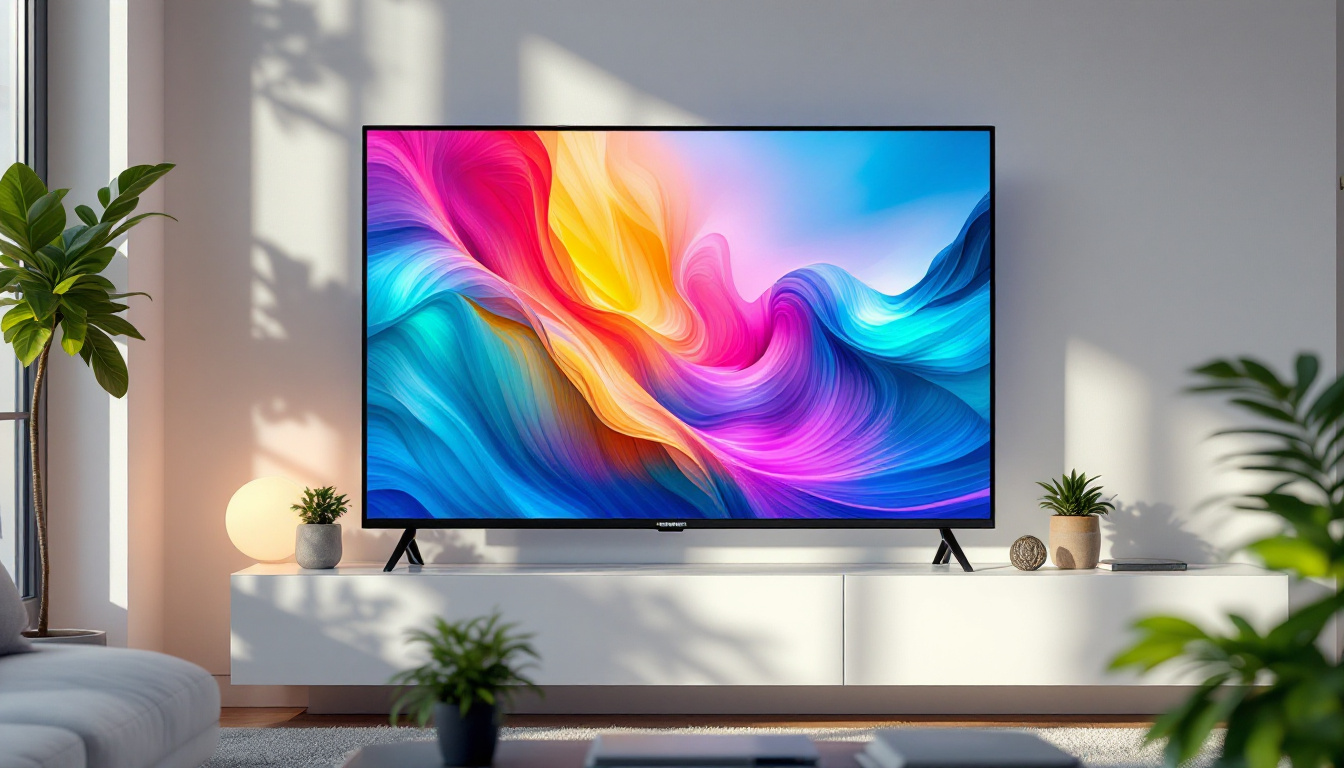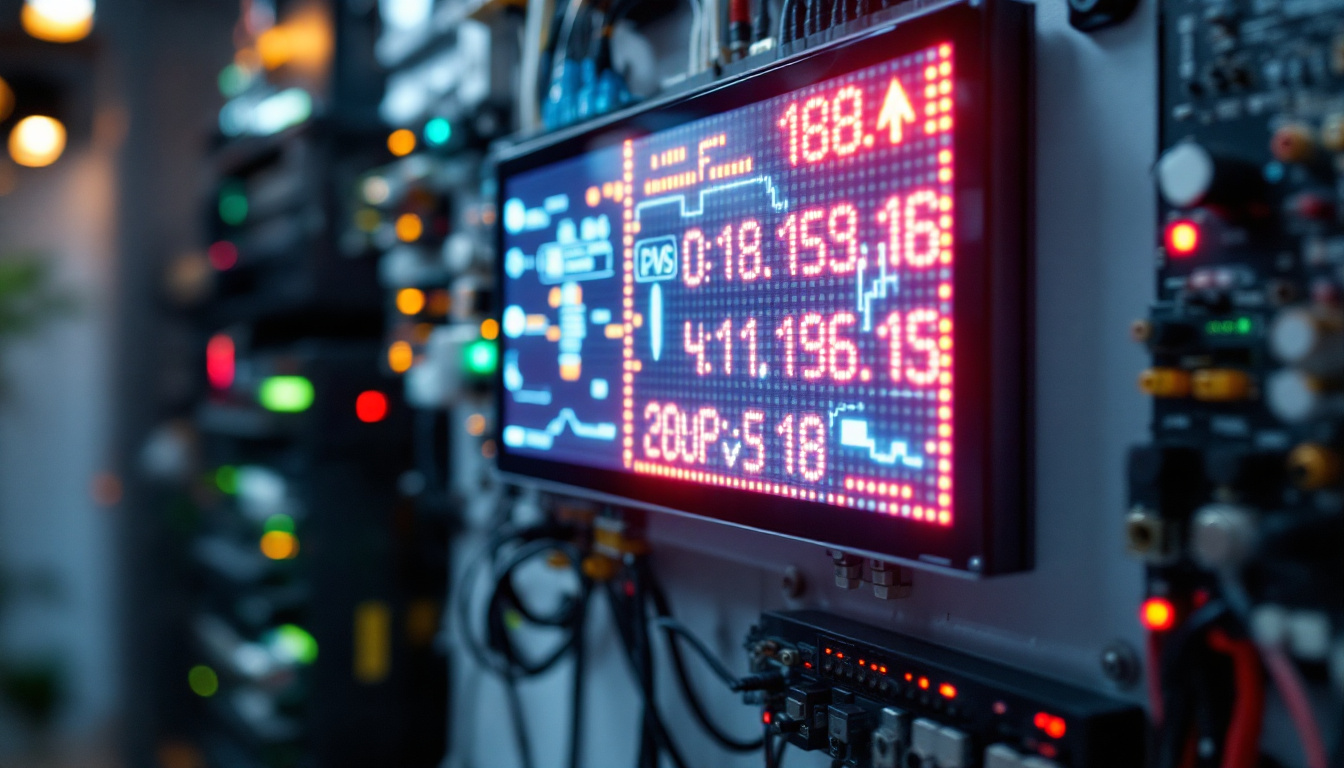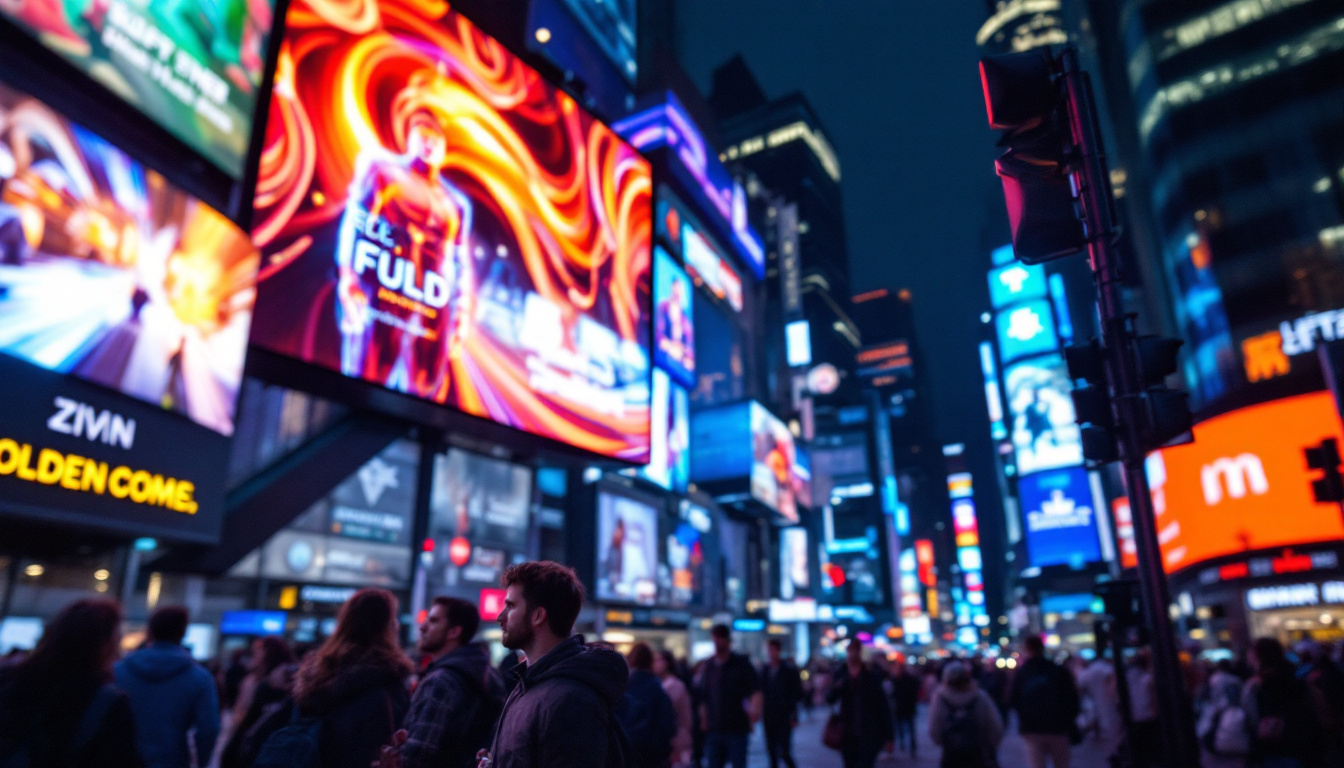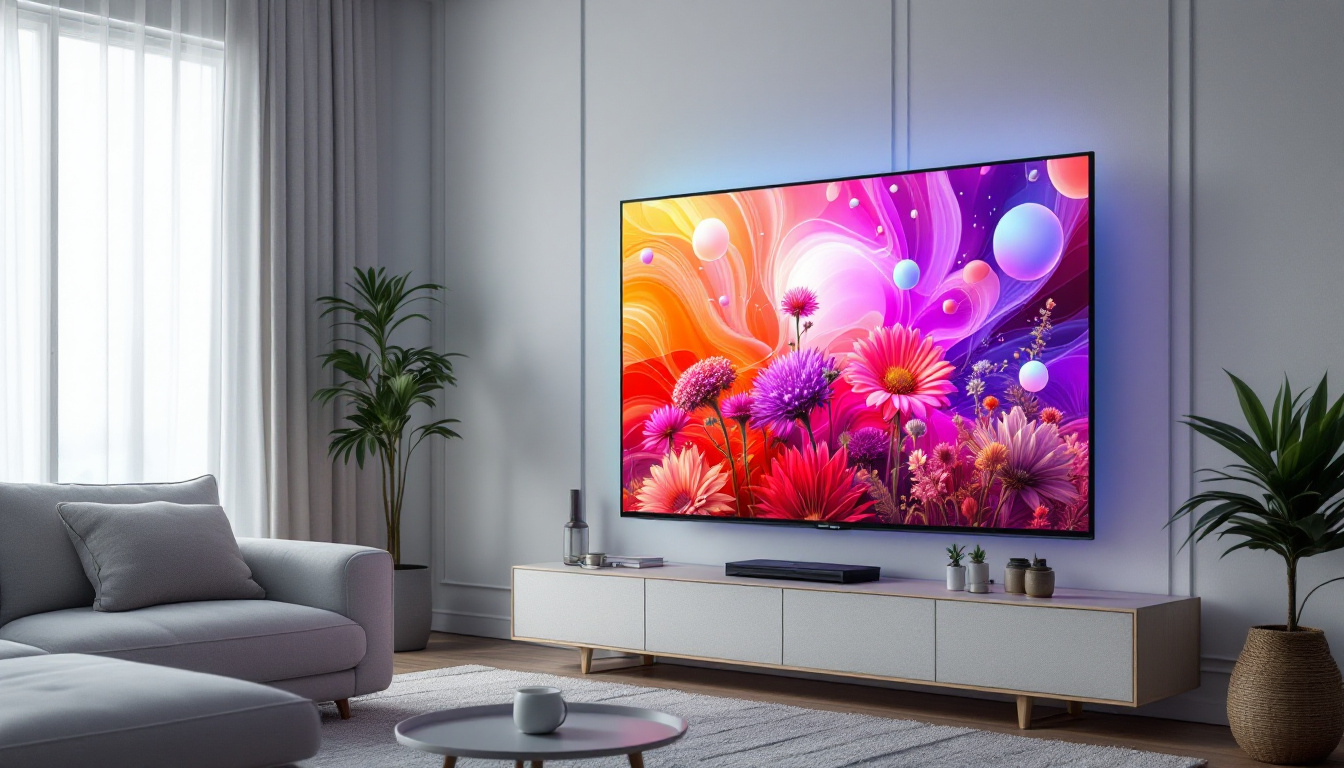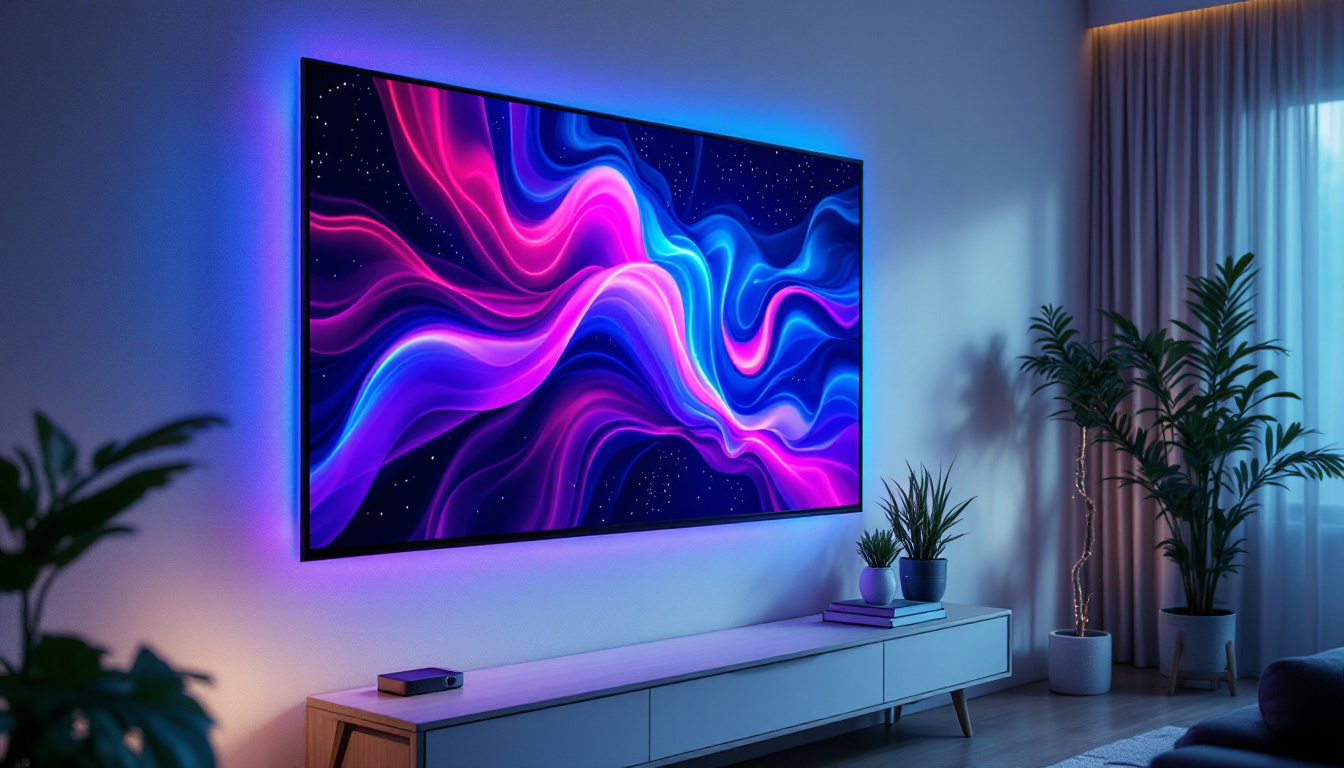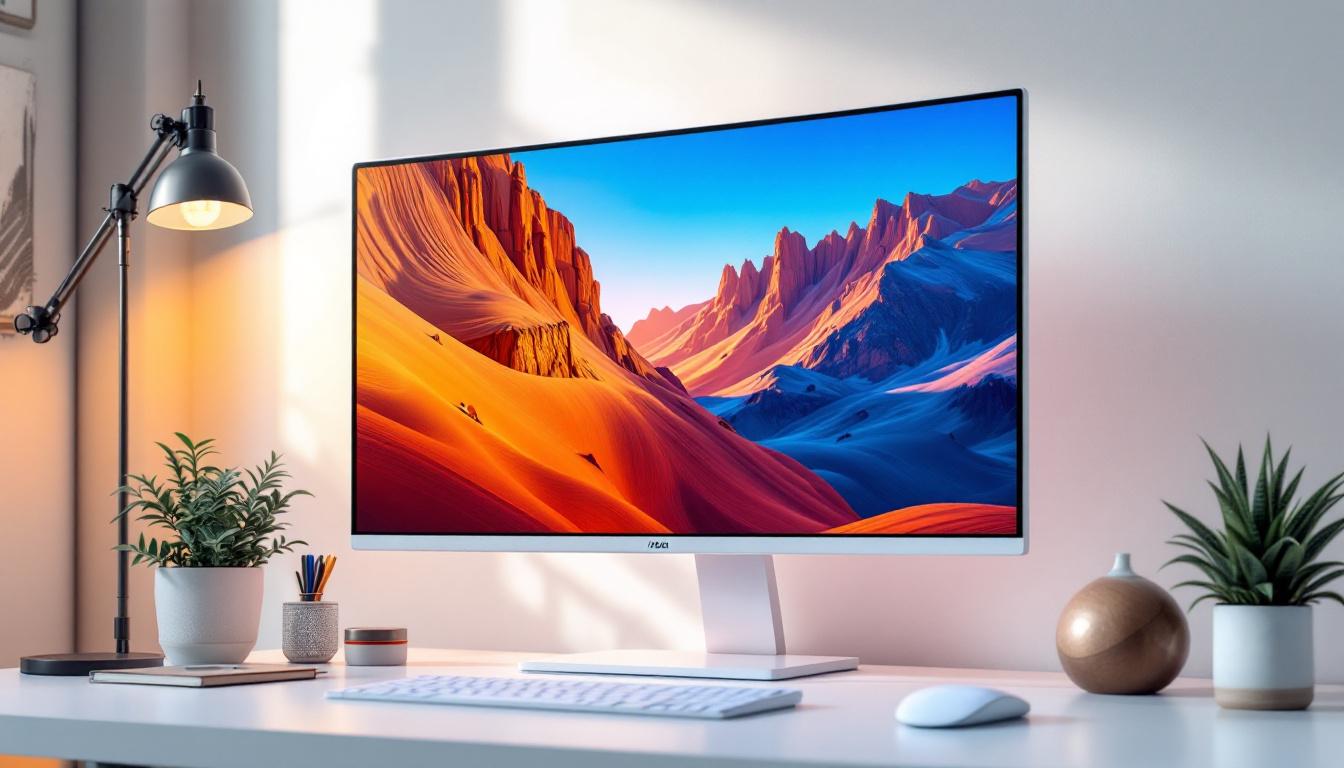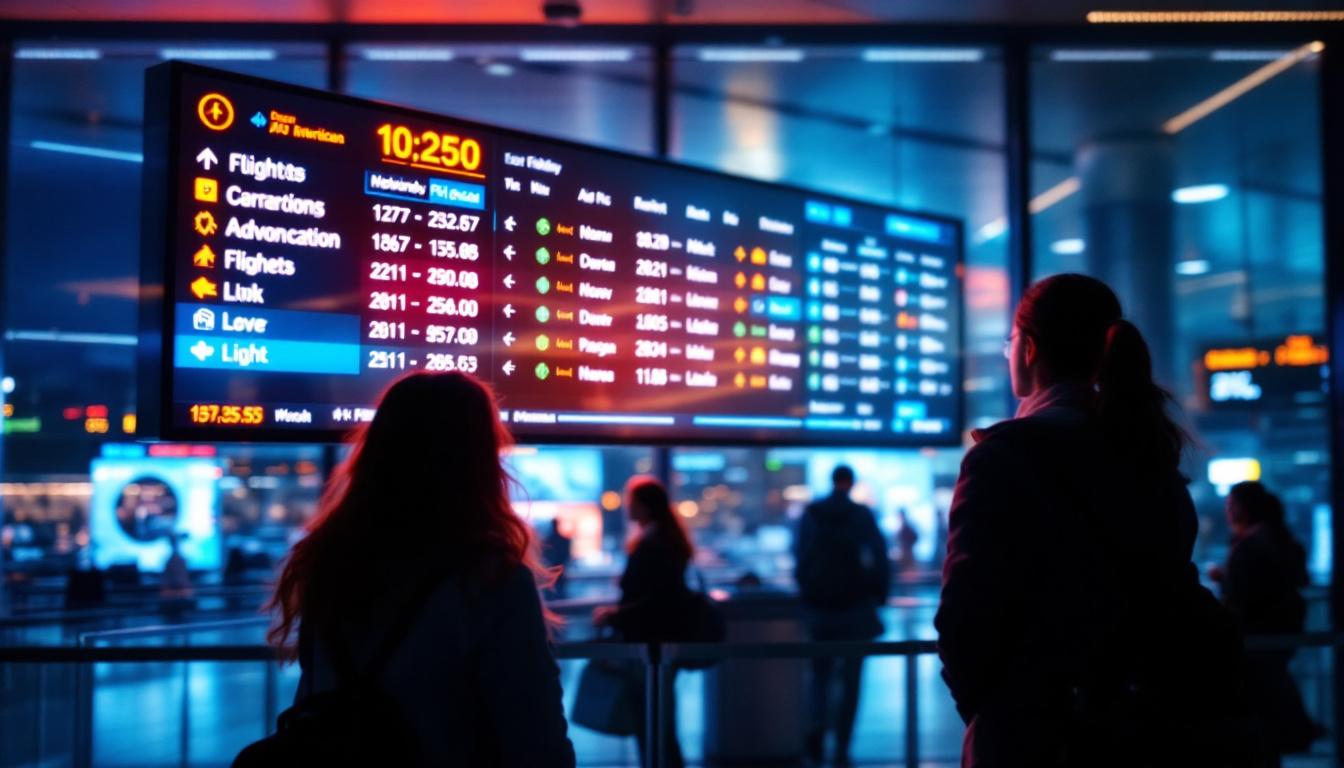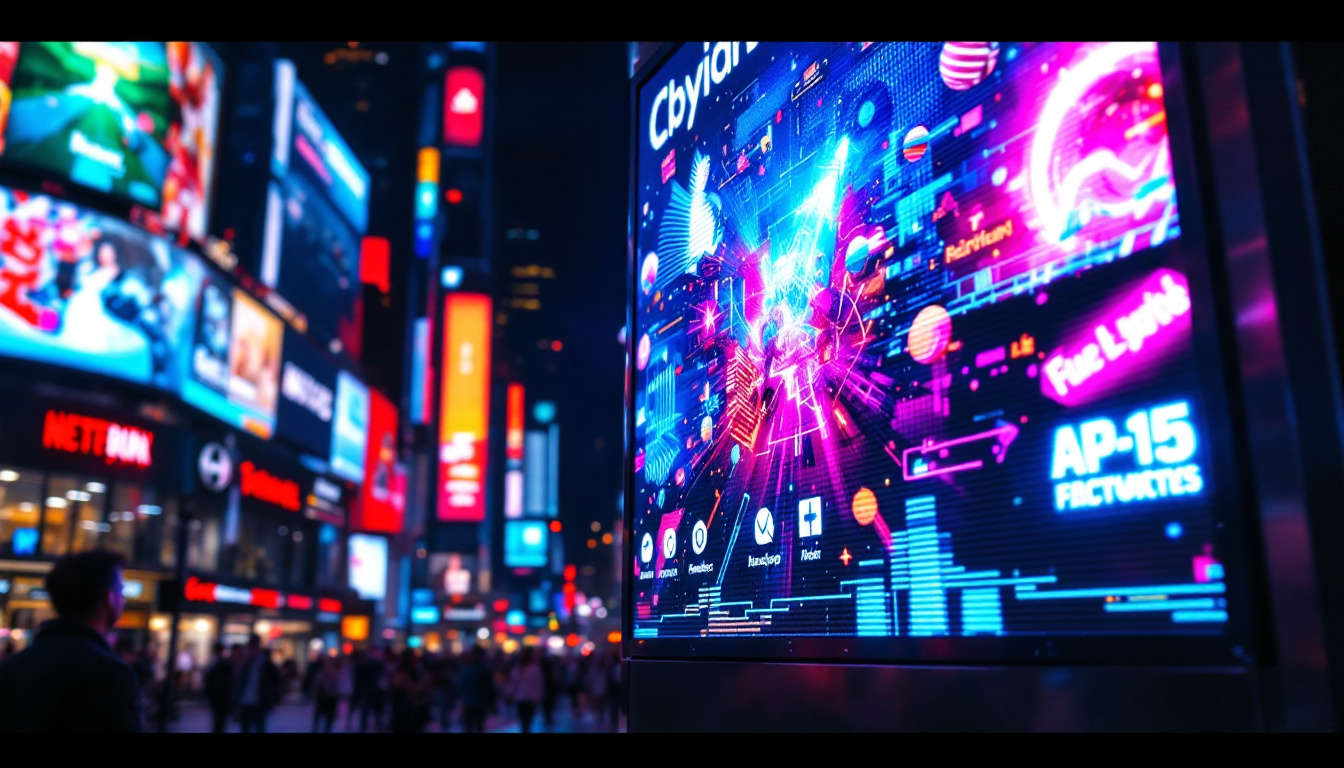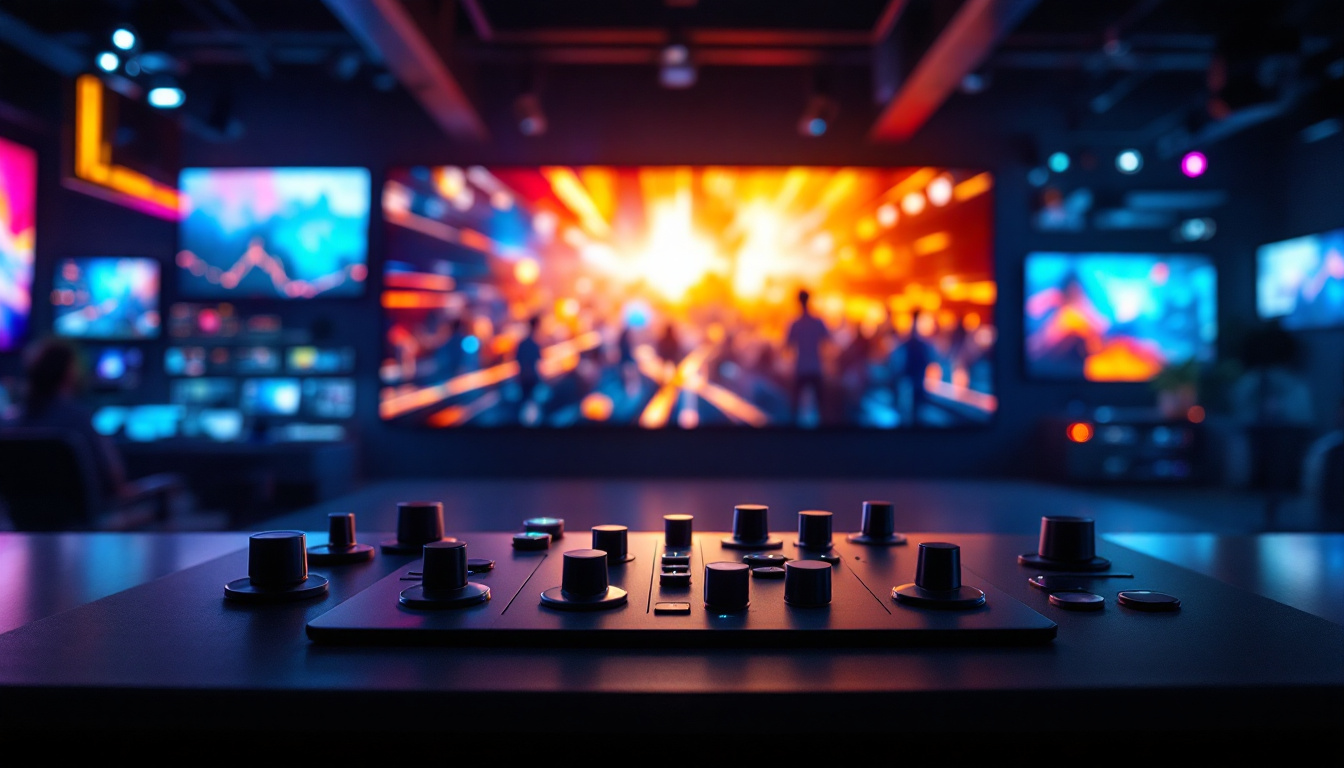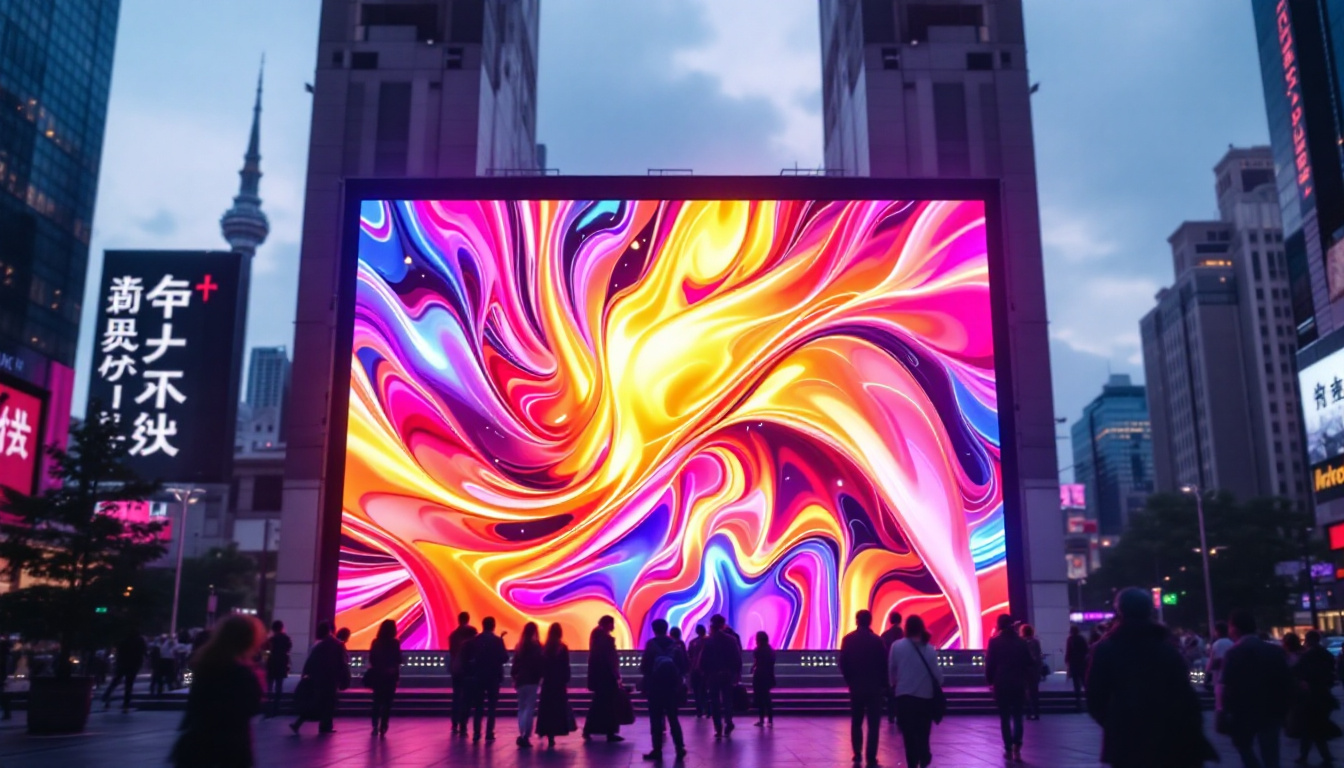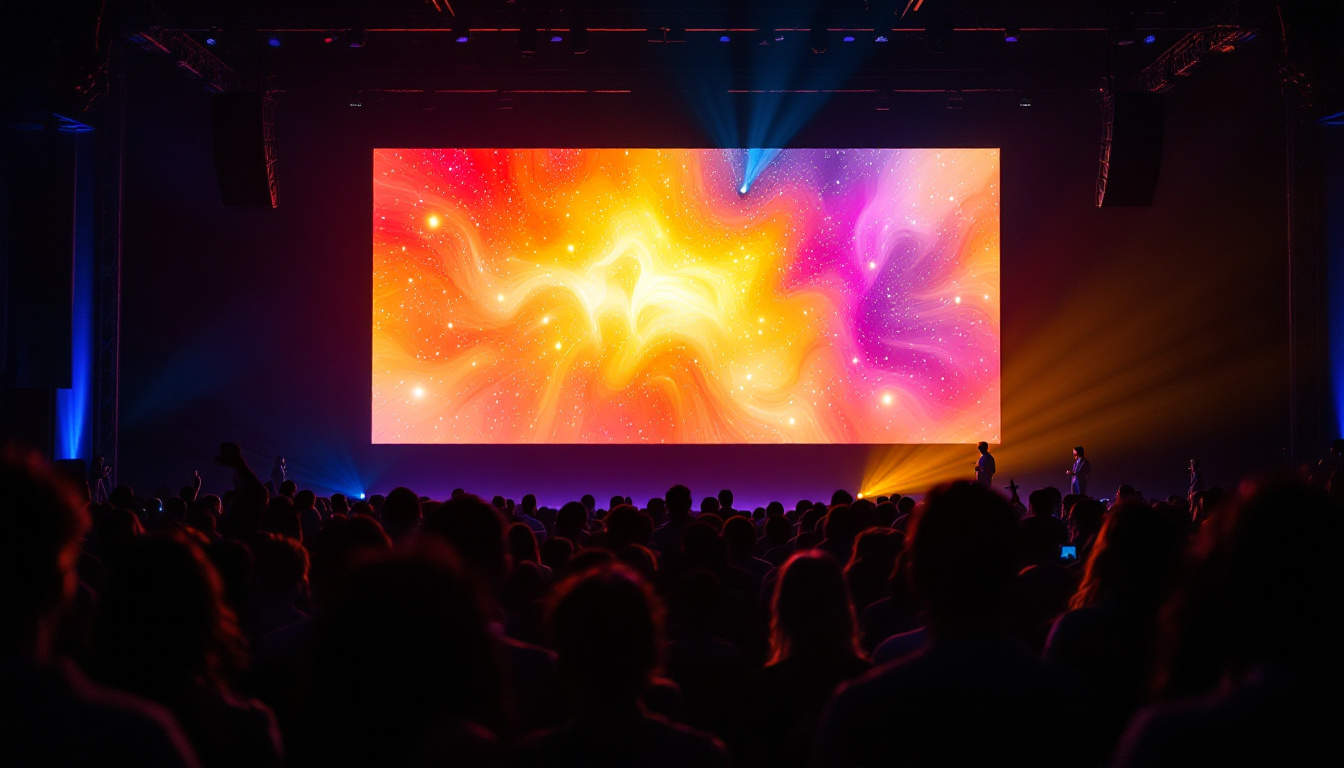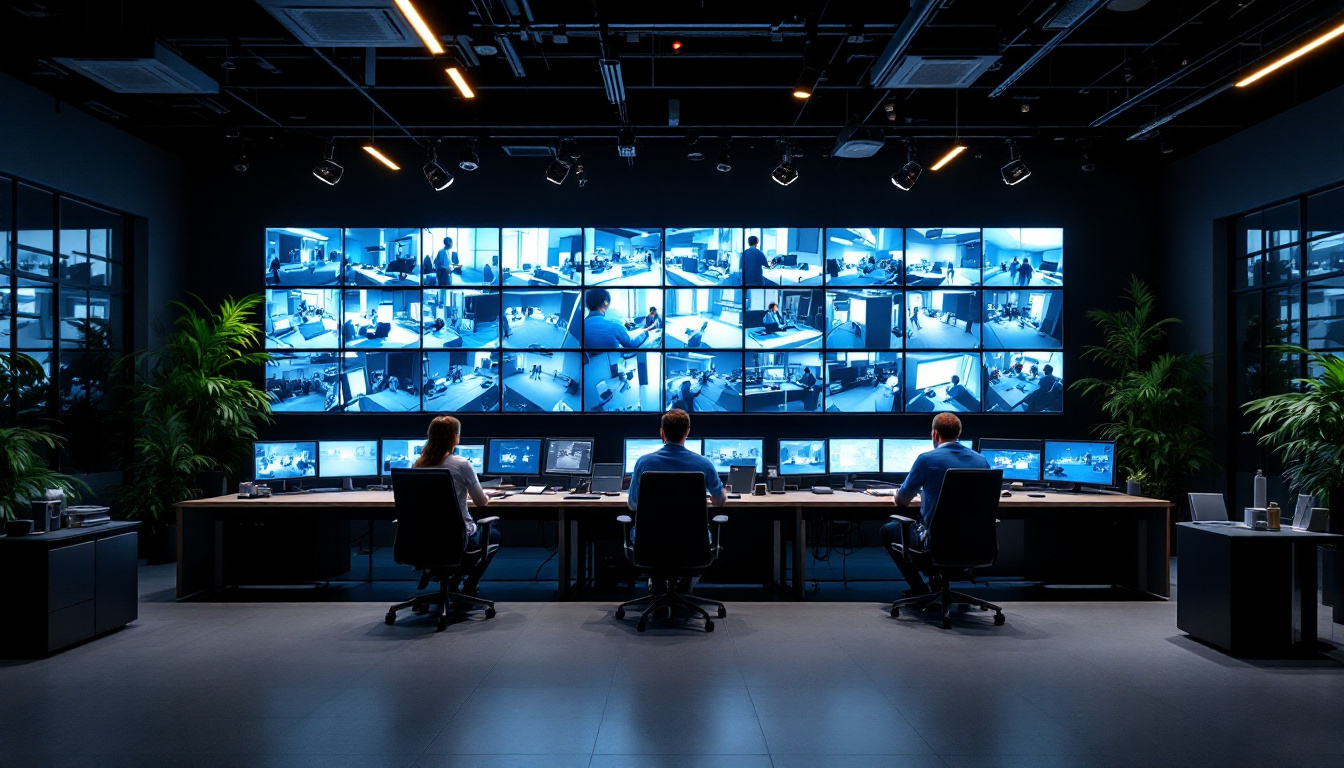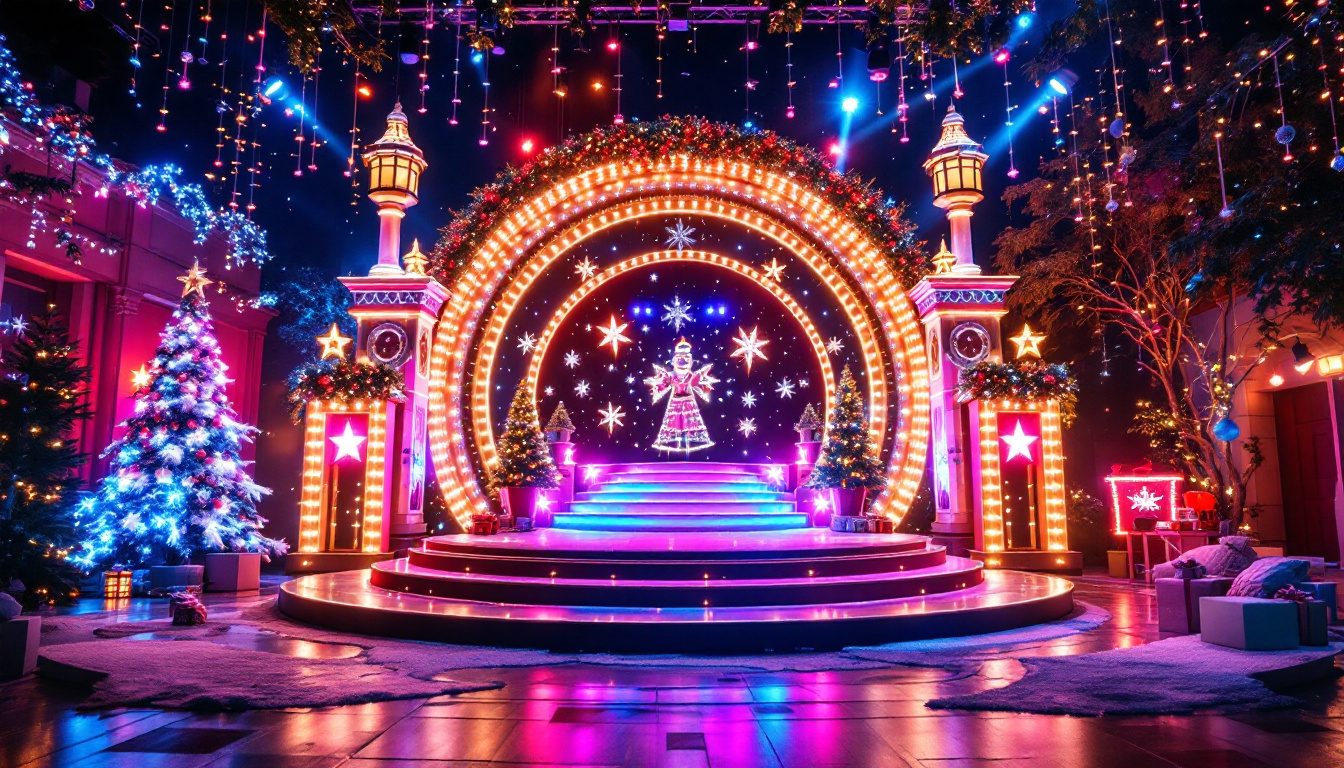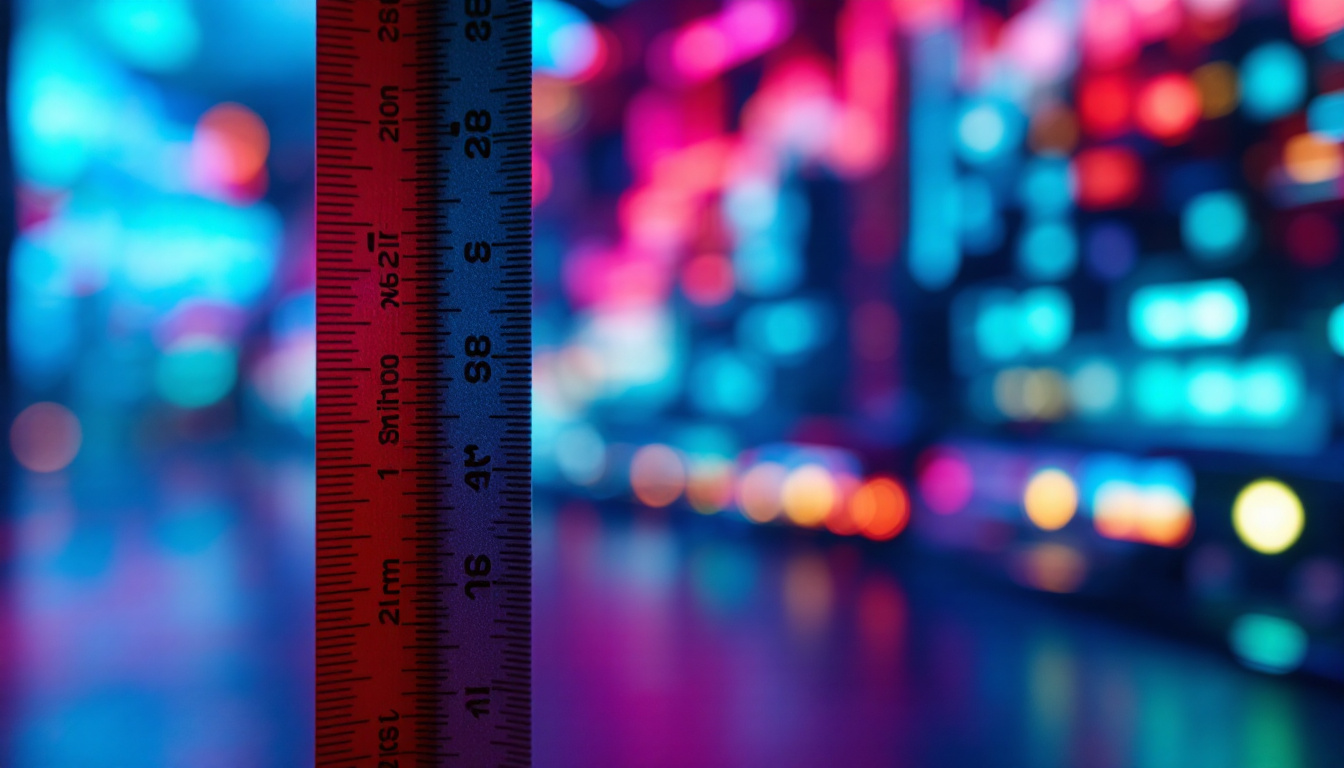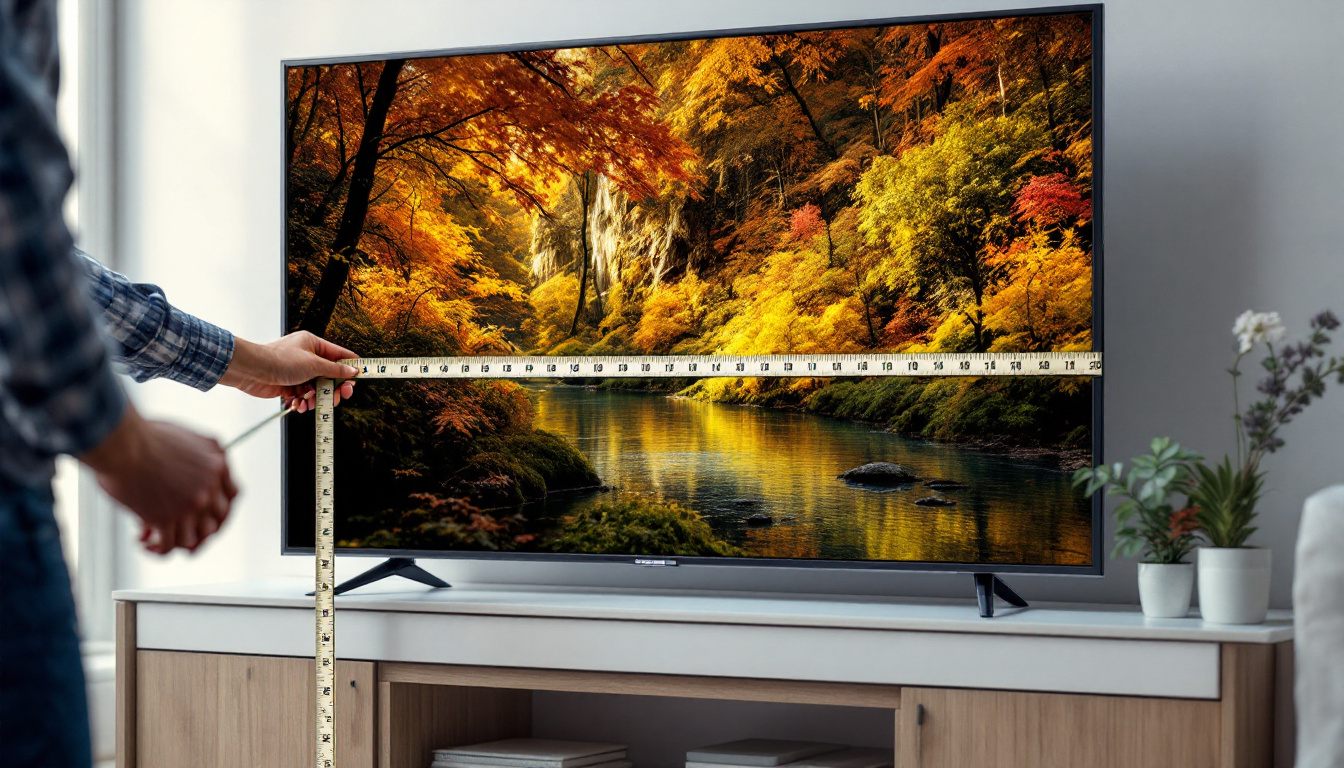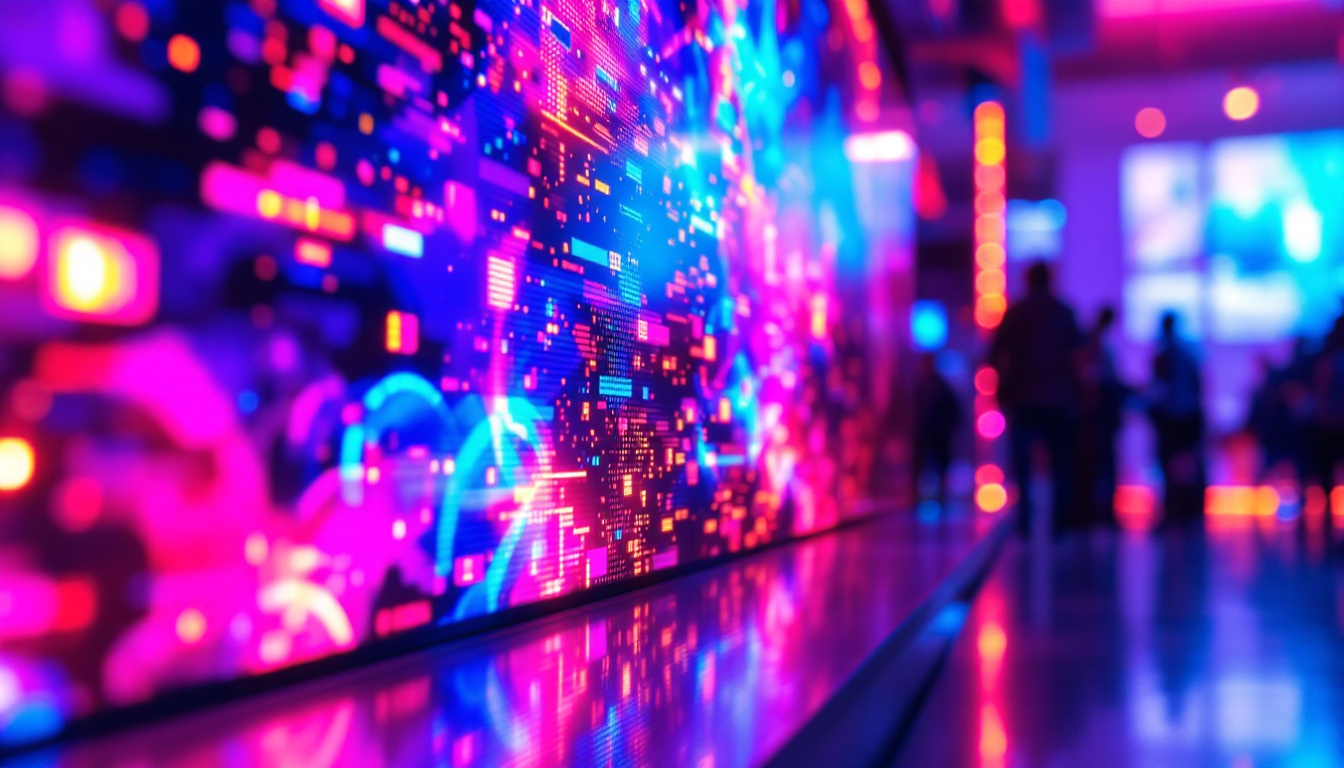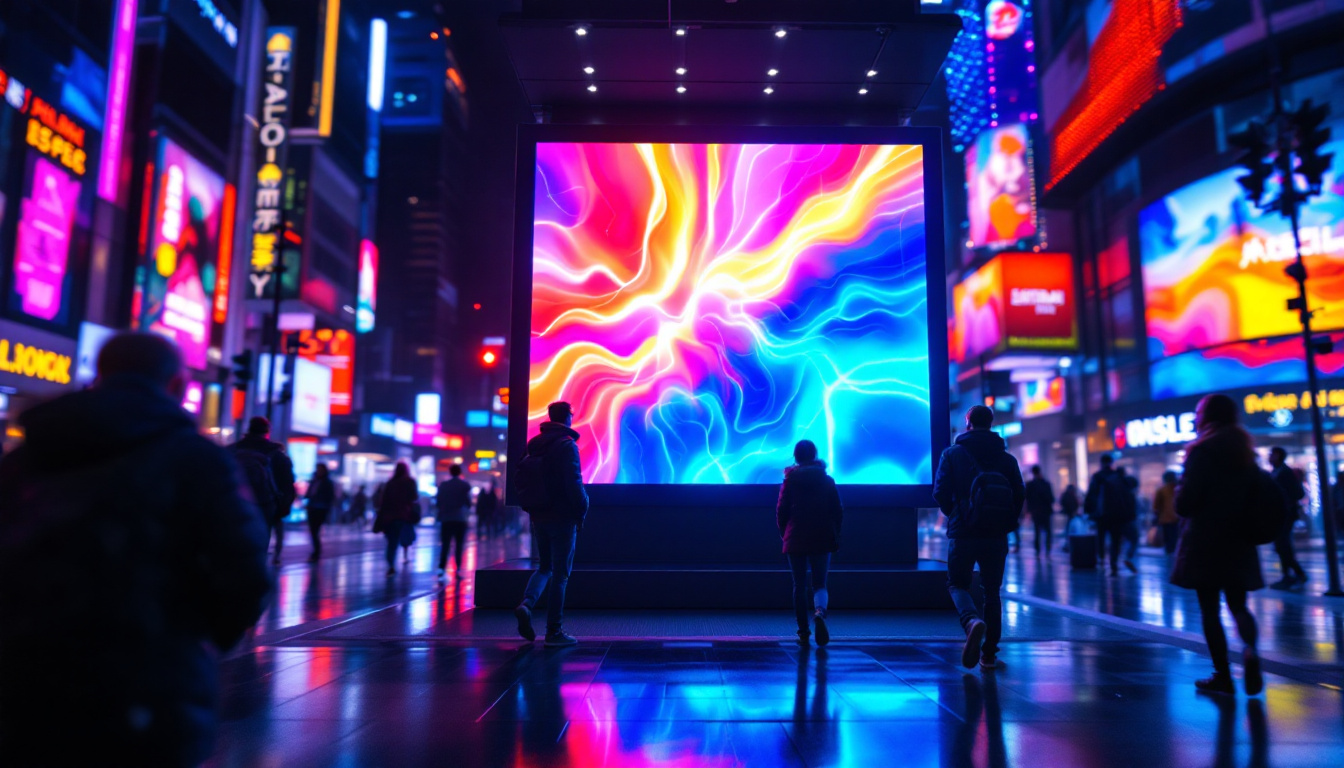In the realm of modern advertising and information dissemination, the modular media wall has emerged as a transformative technology. These LED displays are not only visually striking but also versatile, enabling businesses to create dynamic and engaging environments. This article delves into the intricacies of modular media walls, exploring their design, functionality, and applications.
What is a Modular Media Wall?
A modular media wall is a large-scale display system composed of multiple LED panels that can be arranged in various configurations. This flexibility allows for custom shapes and sizes, making it suitable for a wide range of applications, from retail spaces to corporate environments. Unlike traditional displays, modular media walls can be expanded or reconfigured based on the specific needs of the user.
Key Features of Modular Media Walls
One of the standout features of modular media walls is their scalability. Businesses can start with a small setup and gradually expand it as their needs grow. Additionally, these walls are designed for easy installation and maintenance, which is crucial for minimizing downtime.
Another notable feature is the high-resolution display quality. With advancements in LED technology, these walls can deliver vibrant colors and sharp images, making them ideal for showcasing products, advertisements, or informational content. Furthermore, many modular media walls come equipped with advanced software that allows for dynamic content management, enabling users to easily update and schedule displays in real-time, ensuring that their messaging remains fresh and relevant.
Types of Modular Media Walls
Modular media walls come in various types, each catering to different needs. The most common types include:
- Indoor LED Walls: These are designed for use in controlled environments such as shopping malls, conference centers, and corporate offices.
- Outdoor LED Walls: Built to withstand the elements, outdoor walls are used for billboards, concerts, and sporting events.
- Curved LED Walls: These offer a unique viewing experience by allowing for non-linear configurations, enhancing the visual appeal.
In addition to these common types, there are also specialized modular media walls tailored for specific industries. For instance, in the entertainment sector, walls can be designed to integrate seamlessly with stage setups, providing stunning backdrops for concerts or theatrical performances. Similarly, in the hospitality industry, modular media walls can be employed in lobbies or event spaces to create immersive experiences that captivate guests and enhance brand storytelling.
Moreover, the integration of interactive technology into modular media walls is becoming increasingly popular. Touch-sensitive panels or gesture recognition systems can transform a standard display into an engaging platform where users can interact with content, making it a powerful tool for marketing campaigns and customer engagement strategies. This level of interactivity not only draws attention but also encourages participation, allowing businesses to create memorable experiences that resonate with their audience.
Benefits of Modular Media Walls
The advantages of modular media walls extend beyond aesthetics. They offer numerous benefits that can significantly impact a business’s marketing strategy and operational efficiency.
Enhanced Visual Impact
One of the primary benefits of modular media walls is their ability to capture attention. The large, vibrant displays are hard to ignore, making them an effective medium for advertising and brand promotion. Businesses can utilize motion graphics, videos, and live feeds to create engaging content that resonates with their audience. This captivating visual experience not only draws in potential customers but also enhances brand recall, as viewers are more likely to remember a striking visual than static advertisements. Furthermore, the dynamic nature of these displays allows for real-time updates, ensuring that the content remains fresh and relevant, which is crucial in fast-paced environments.
Versatility in Content Delivery
Modular media walls can display various types of content, from promotional videos to real-time social media feeds. This versatility allows businesses to tailor their messaging based on the audience and context, ensuring that the information is relevant and engaging. For instance, during a product launch, a company can showcase a series of promotional videos and customer testimonials, while during a trade show, the same wall can be repurposed to feature interactive elements that encourage visitor participation. Additionally, the modular nature of these walls means that they can be easily reconfigured or expanded, providing businesses with the flexibility to adapt their display to different spaces or events without the need for significant investment in new equipment.
Applications of Modular Media Walls
Modular media walls are utilized across various industries, showcasing their adaptability and effectiveness in different environments.
Retail Environments
In retail, modular media walls serve as powerful tools for enhancing the shopping experience. They can display product advertisements, promotions, and even interactive content that allows customers to engage with the brand. By creating an immersive atmosphere, retailers can boost customer engagement and drive sales. Furthermore, these media walls can be strategically placed near high-traffic areas, drawing attention to seasonal sales or new product launches. The integration of augmented reality features can also allow customers to visualize products in their own space, making the shopping experience not only informative but also entertaining.
Corporate Settings
In corporate environments, these displays are often used for presentations, conferences, and internal communications. They can facilitate information sharing and collaboration, making meetings more effective. Additionally, they can be used to showcase company achievements, values, and culture, reinforcing brand identity. The modular nature of these walls allows for quick reconfiguration, making it easy to adapt to different meeting sizes or formats. Moreover, incorporating live feeds from social media or internal communication platforms can foster a sense of community among employees, encouraging real-time feedback and interaction during presentations.
Entertainment Venues
Entertainment venues, such as concert halls and sports arenas, leverage modular media walls to enhance the spectator experience. These displays can provide real-time updates, highlight performances, and create an electrifying atmosphere that keeps audiences engaged. The ability to customize content for different events adds to their appeal. In addition to showcasing live scores and player statistics during sports events, these walls can also feature behind-the-scenes footage, interviews with performers, or fan-generated content, further enriching the audience’s connection to the event. The flexibility of modular media walls means they can be easily adapted for various setups, whether it’s a large-scale concert or an intimate theater performance, ensuring that every attendee has a memorable experience.
Technical Considerations
When considering a modular media wall, it is essential to understand the technical specifications and requirements that can impact performance and usability.
Resolution and Pixel Pitch
The resolution of an LED display is determined by its pixel pitch, which refers to the distance between the centers of two adjacent pixels. A smaller pixel pitch results in higher resolution and better image quality, making it suitable for close viewing distances. Businesses should assess their viewing distance to determine the appropriate pixel pitch for their needs.
Brightness and Contrast Ratio
Brightness is another critical factor, especially for outdoor displays that must compete with sunlight. A higher brightness level ensures visibility in various lighting conditions. Additionally, the contrast ratio affects the display’s ability to render deep blacks and vibrant colors, which is vital for creating an impactful visual experience.
Installation and Maintenance
The installation and maintenance of modular media walls require careful planning and execution to ensure optimal performance and longevity.
Installation Process
Installing a modular media wall typically involves several steps, including site assessment, mounting, and configuration. Professional installation is recommended to ensure that the panels are securely mounted and properly calibrated. This process may vary based on the type of wall and its intended use.
Maintenance Requirements
Regular maintenance is crucial for keeping the display in optimal condition. This includes cleaning the panels, checking connections, and updating software as needed. Many manufacturers offer maintenance contracts that cover routine checks and repairs, providing peace of mind for businesses.
Cost Considerations
Investing in a modular media wall can be a significant financial commitment. However, understanding the cost factors can help businesses make informed decisions.
Initial Investment
The initial cost of a modular media wall depends on various factors, including the size, resolution, and type of LED panels used. Custom configurations may also increase the price. Businesses should consider their budget and the potential return on investment when evaluating options.
Long-Term Value
Despite the initial investment, modular media walls can provide long-term value through increased customer engagement and brand visibility. The ability to update content easily and adapt to changing marketing strategies can lead to a higher return on investment over time.
Future Trends in Modular Media Walls
The landscape of modular media walls is continuously evolving, driven by technological advancements and changing consumer preferences.
Integration with Smart Technology
As smart technology becomes more prevalent, modular media walls are likely to integrate with IoT devices and AI systems. This integration can enhance interactivity, allowing for personalized content delivery based on audience behavior and preferences.
Improved Sustainability
With growing concerns about environmental impact, manufacturers are focusing on creating more sustainable LED solutions. This includes energy-efficient displays and recyclable materials, aligning with the global push for sustainability in business practices.
Conclusion
Modular media walls represent a significant advancement in display technology, offering businesses a powerful tool for communication and engagement. Their versatility, high-quality visuals, and adaptability make them an attractive option for various applications. As technology continues to evolve, modular media walls will likely play an increasingly vital role in shaping the future of advertising and information dissemination.
By understanding the features, benefits, and technical considerations associated with modular media walls, businesses can make informed decisions that enhance their marketing strategies and operational efficiency. Investing in this technology not only elevates brand visibility but also creates immersive experiences that resonate with audiences, ultimately driving success in an ever-competitive marketplace.
Discover LumenMatrix LED Display Solutions
Ready to elevate your brand’s presence and captivate your audience with unparalleled visual experiences? LumenMatrix is at the forefront of LED display innovation, offering a comprehensive range of solutions tailored to your unique needs. From Indoor and Outdoor LED Wall Displays to specialized options like Vehicle, Sports, and Floor LED Displays, our mission is to revolutionize your visual communication. Embrace the future of advertising and create immersive environments that leave a lasting impression. Check out LumenMatrix LED Display Solutions today and transform the way you share your message.

